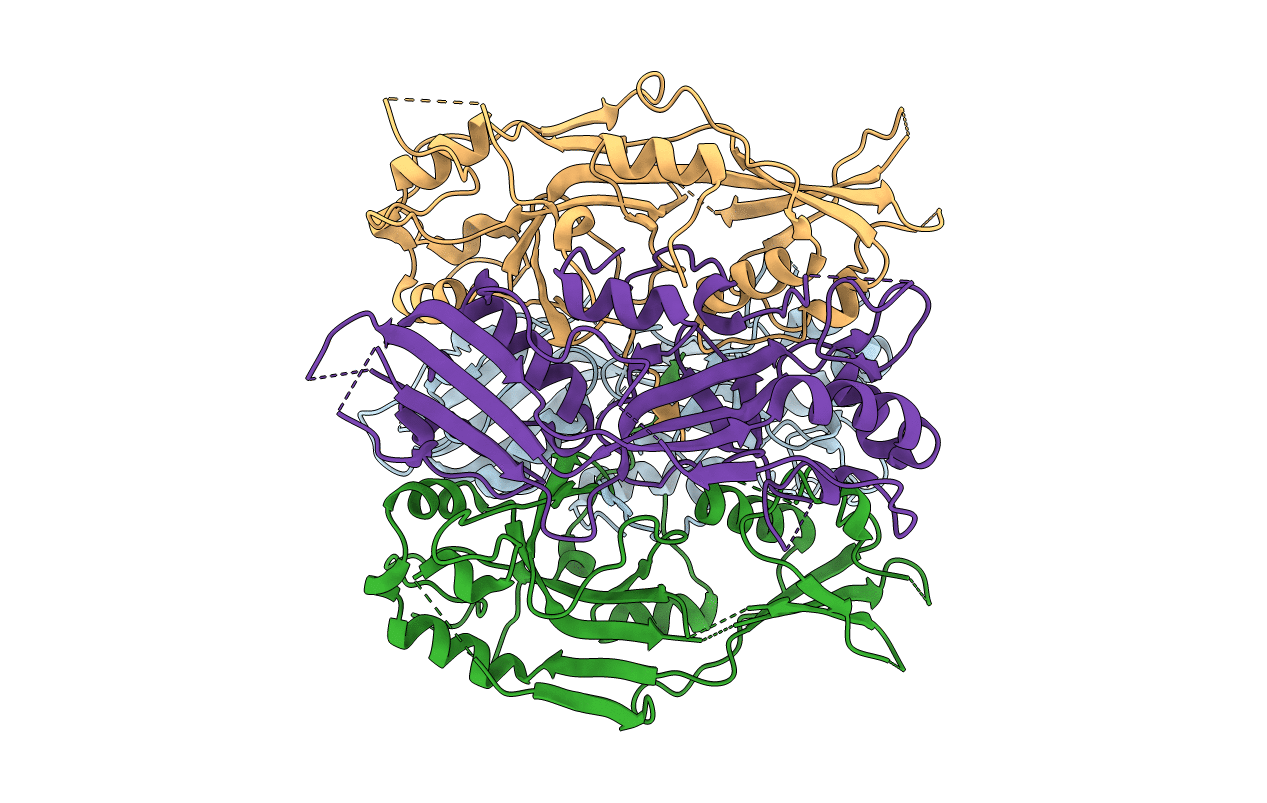
Deposition Date
2021-06-04
Release Date
2021-06-23
Last Version Date
2022-01-26
Method Details:
Experimental Method:
Resolution:
2.90 Å
R-Value Free:
0.27
R-Value Work:
0.23
R-Value Observed:
0.24
Space Group:
P 1 21 1


